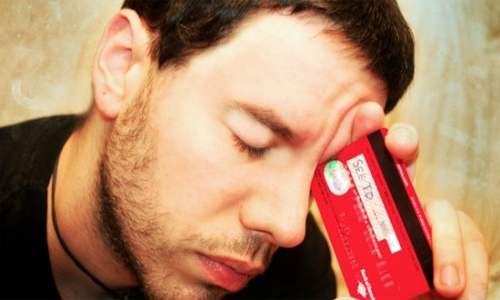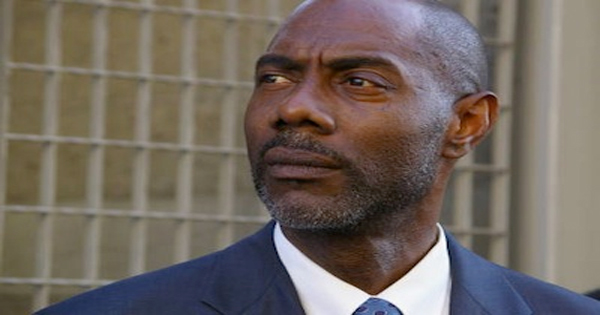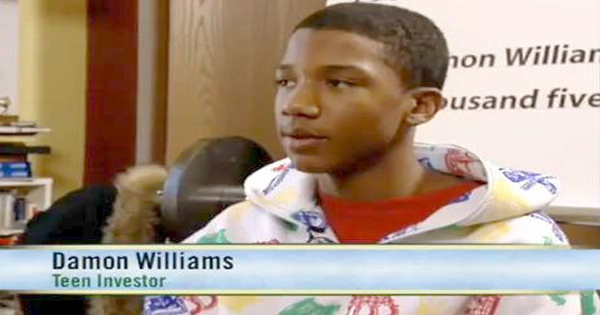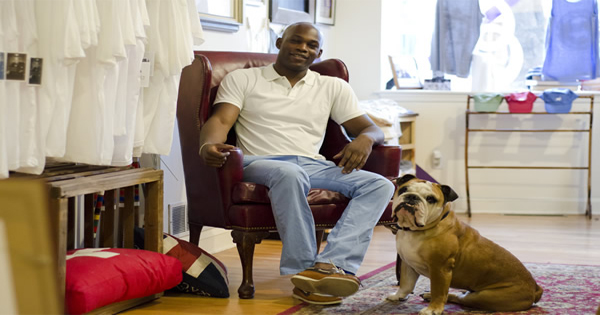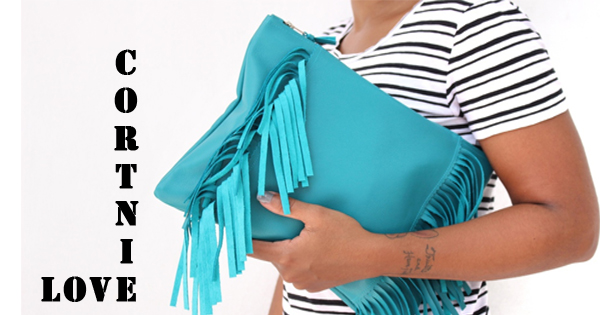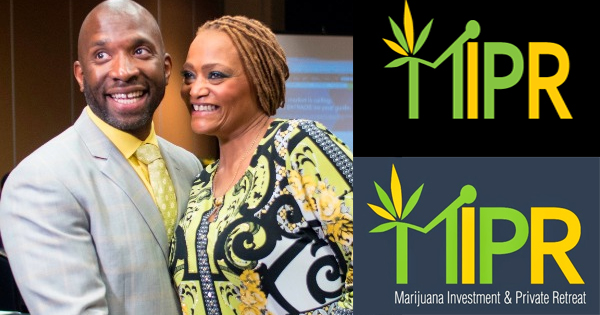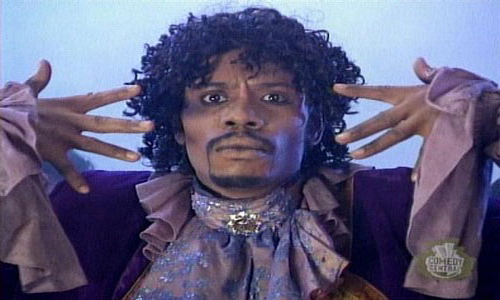Good credit can literally open doors for you – like the doors to a new house or car. But bad credit can slam those same doors shut, lock them and throw away the key. Smart consumers protect their good credit by knowing when to use credit, when not to use it, and how to use it without falling into a debt trap. Read on to learn the biggest mistakes you can make with your credit.
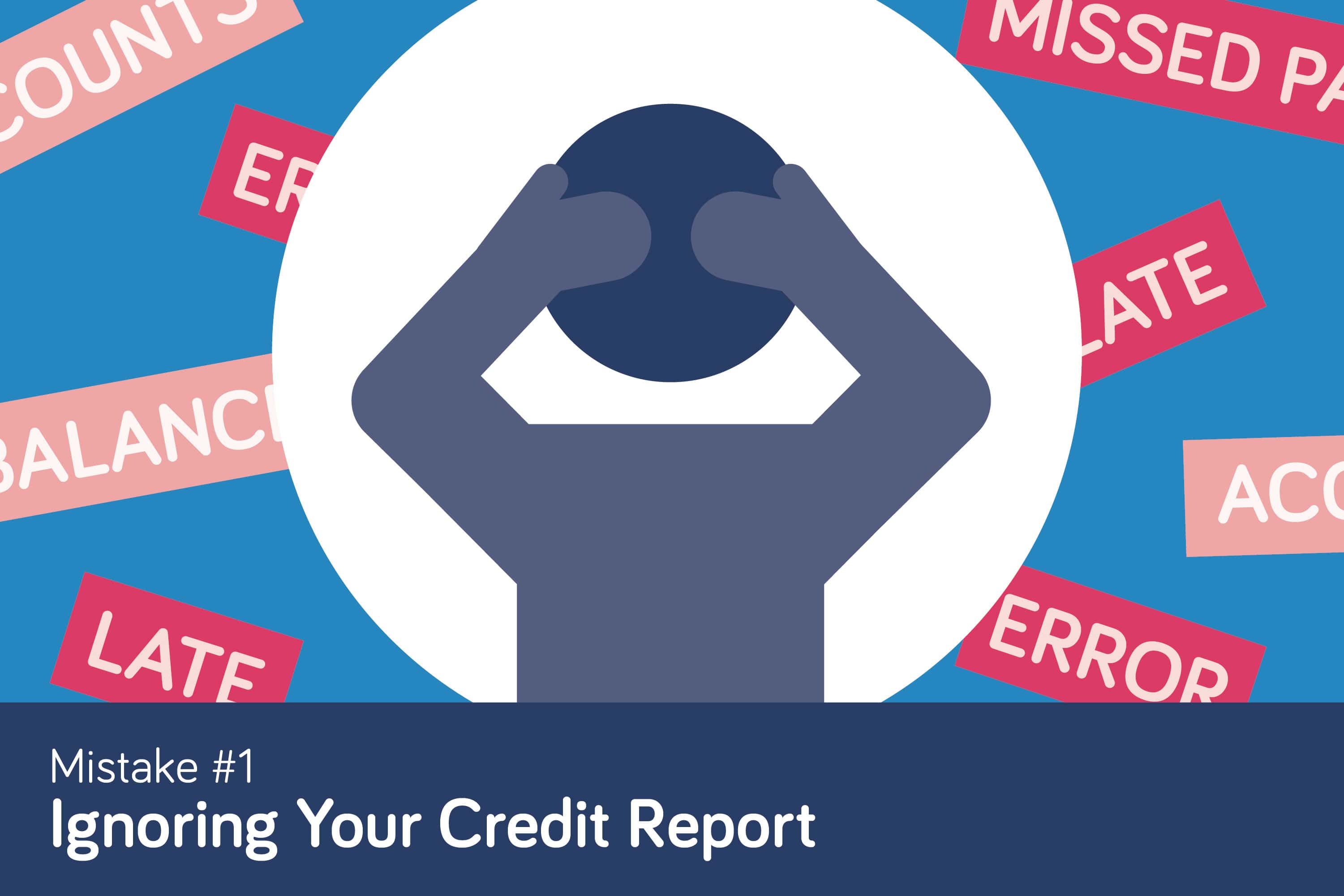
Your credit report is a summary of the information that impacts your credit scores, and if there’s bad stuff on your credit report, that usually translates to a bad score. Smart consumers check their credit report regularly. Doing so allows you to identify problems in the way you use credit (such as late payments or high balances), correct anything that isn’t accurate, and even spot signs of identity theft, such as accounts or applications you don’t recognize.
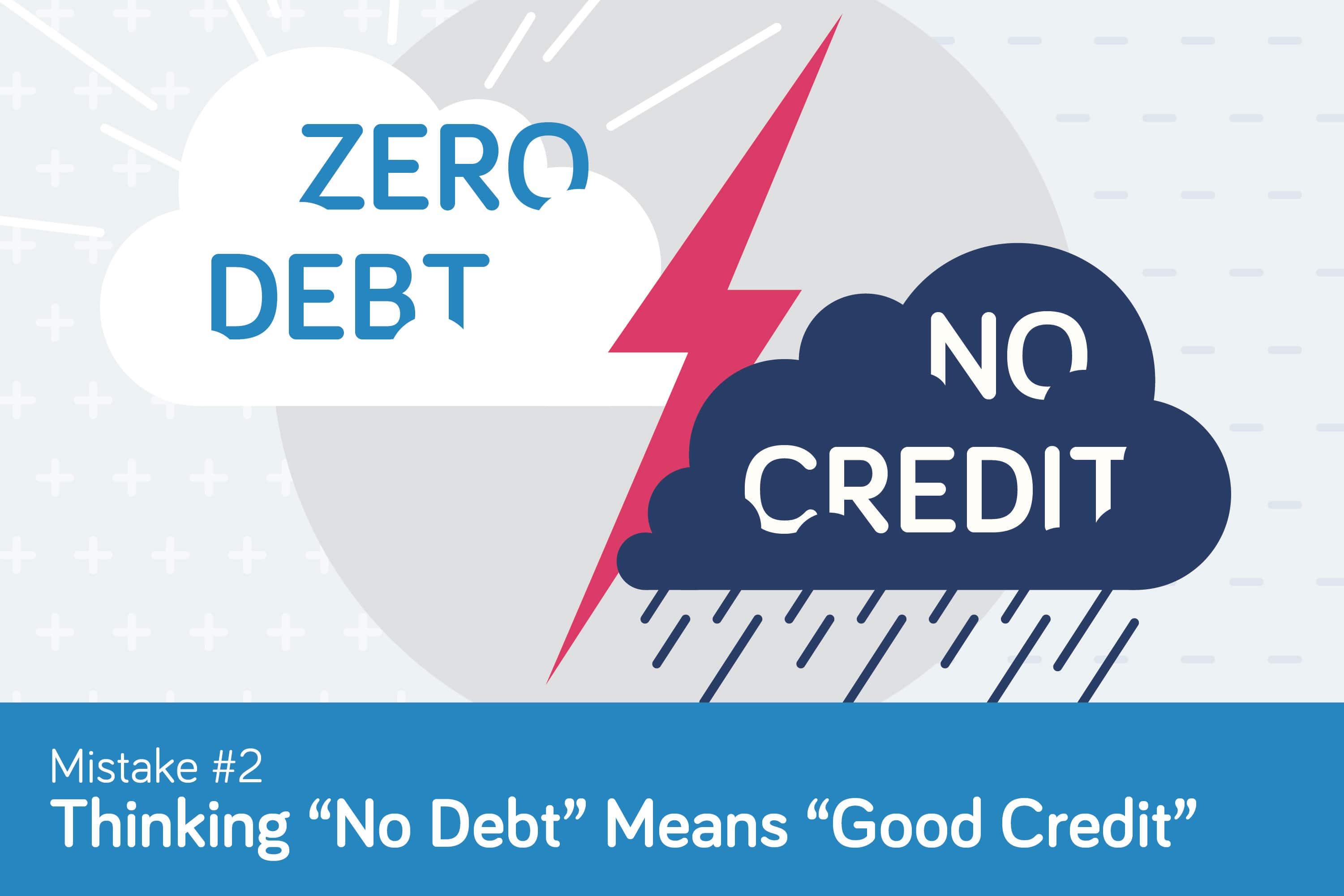
There’s nothing wrong with living debt-free if you can manage it. Some people, though, not only have zero debt, they don’t have any credit accounts at all – not even a credit card. They may be shocked when they’re turned down for a home, car or another loan because they have no credit history established. Lenders check your credit to see whether you can be counted on to repay the money you borrow. If you’ve never borrowed money before, they’ve got nothing to go on. This isn’t about the system “wanting” you to get into debt; it’s about demonstrating that you can be trusted with paying back the money you borrow.
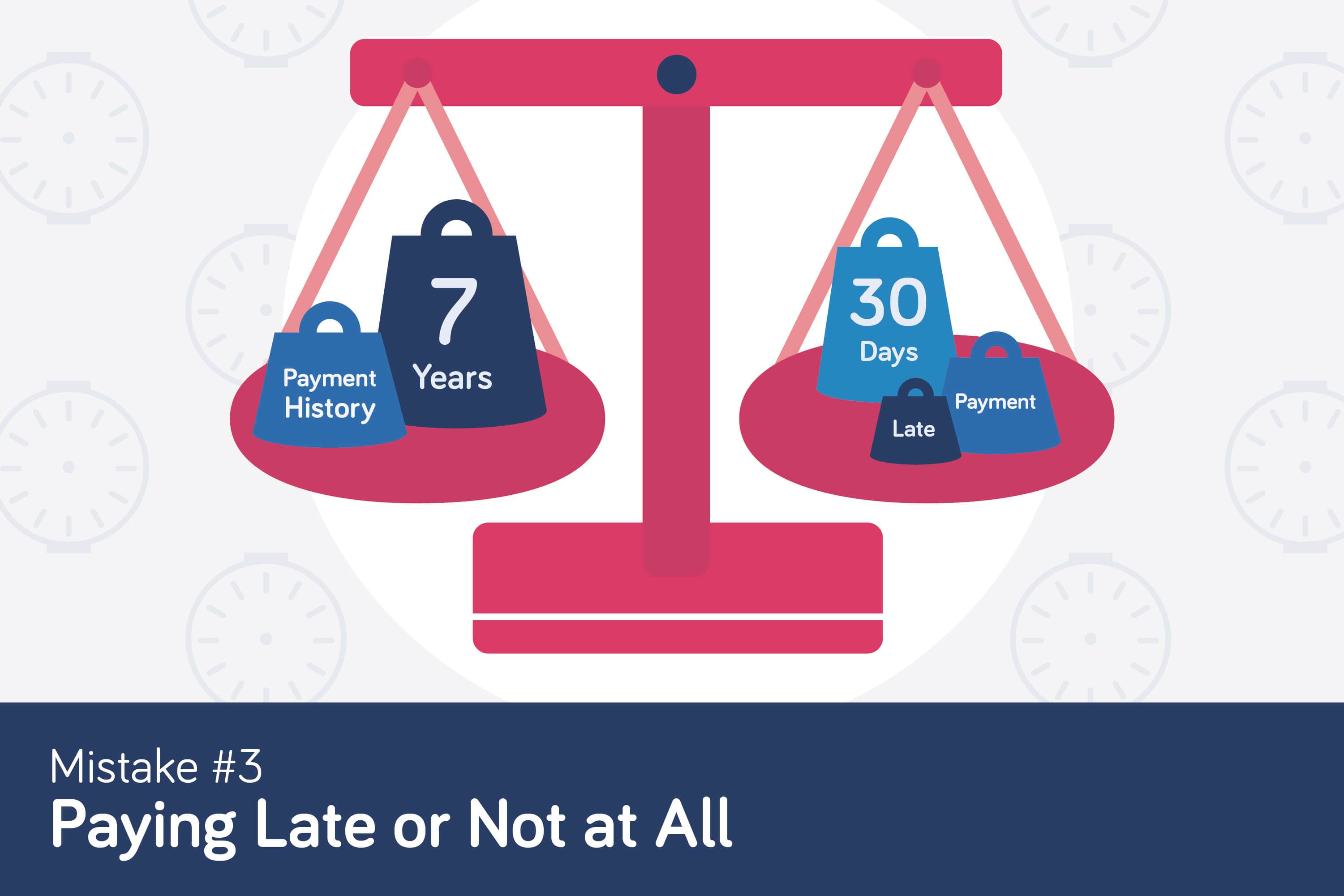
Credit scoring models have a lot of moving parts, but here’s one thing you need to know about them: the biggest factor in almost every credit score is your payment history. A late or missed payment on your credit report counts against you, and the later it is, the more damage it can do. In most cases, payments will be reported as being late only if they’re at least 30 days past due – but once a late payment appears on your credit report, it can remain there for up to seven years. Set a reminder on your phone or scrawl a note on your bathroom mirror if you have to, but pay on time without fail.
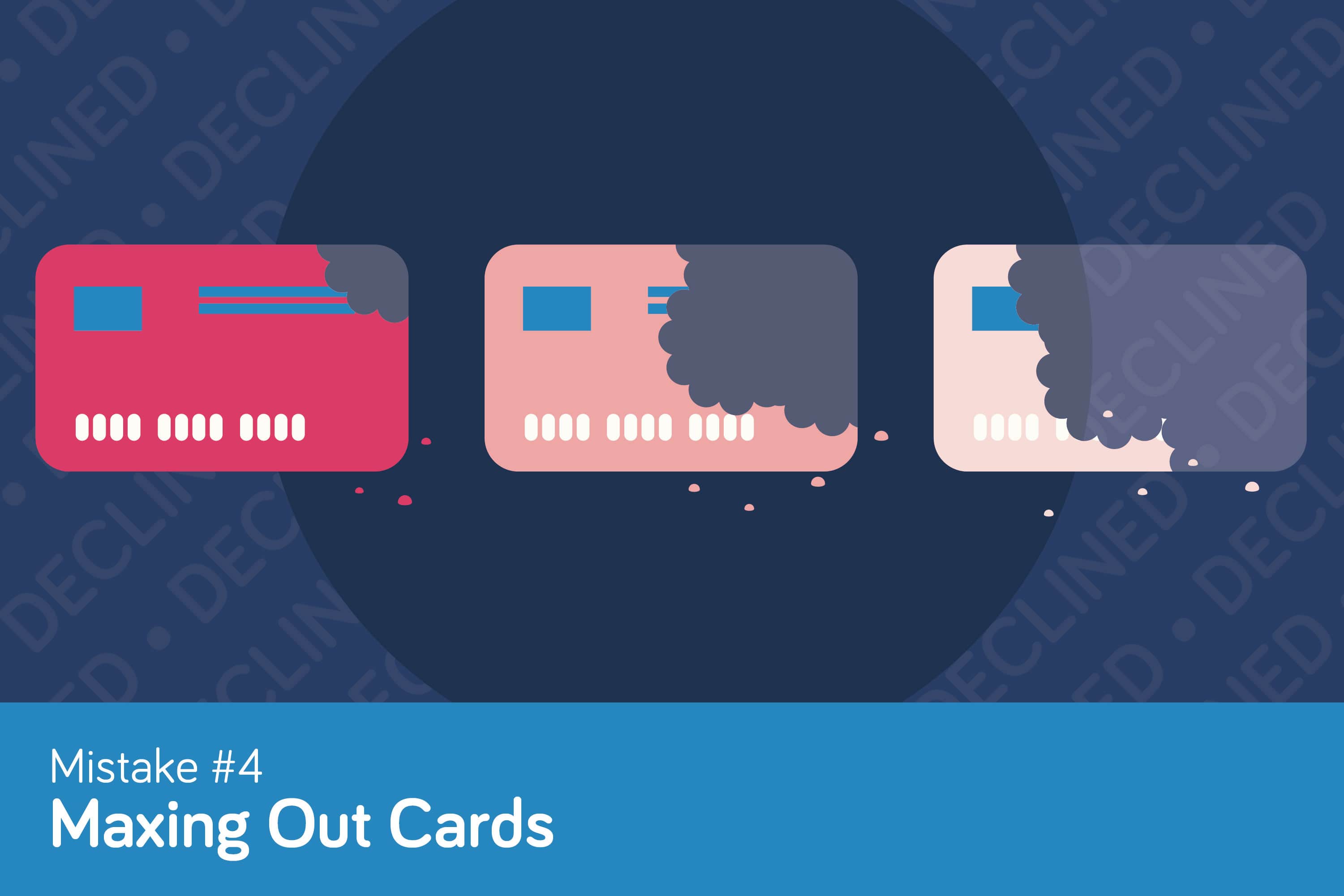
A big part of your credit score is what folks in the credit business call your utilization ratio, or credit usage. That’s the calculation of how much of your available credit you’re using. For example, if your credit cards have a combined credit limit of $5,000 and a combined outstanding balance of $1,000, your credit utilization ratio is 20%. The lower the ratio, the better. Even if you’re making your payments on time, a high ratio is a red flag. For one thing, maxed-out or nearly maxed-out accounts suggest you may be living beyond your means. For another, high balances limit your availability to draw on credit in an emergency, which means an unexpected expense could push you over the edge or cause you to fall behind on making payments.
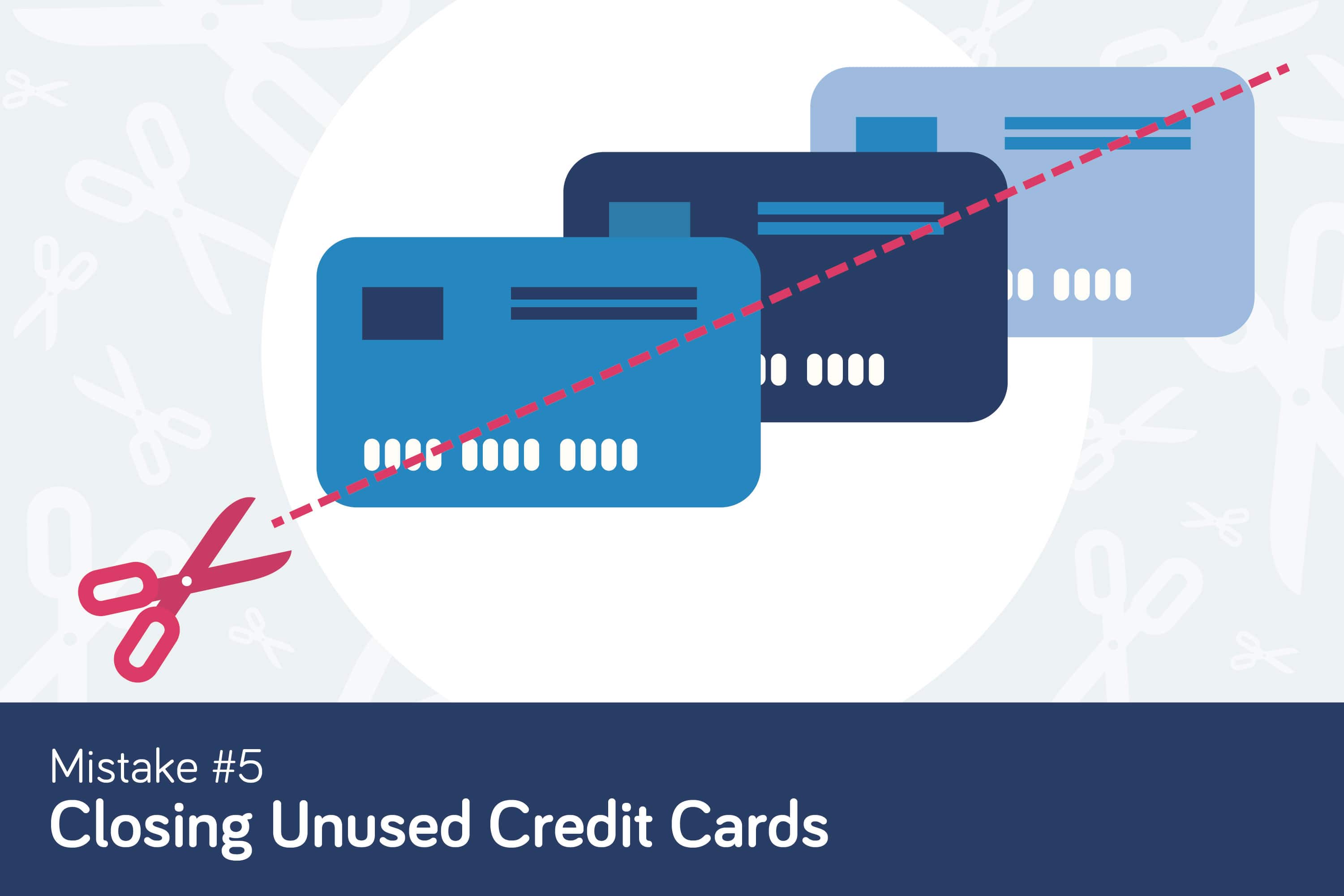
Your utilization ratio has two elements: your outstanding balances and your total available credit. When you take on more debt, your ratio goes up. Reduce your available credit, and your ratio also goes up. That’s why it may be a bad idea to close a credit card account. In fact, closing unused credit cards may be the single biggest credit mistake people unknowingly make. To keep your ratio down, consider leaving the account open and just not using the card – assuming you can resist the temptation.
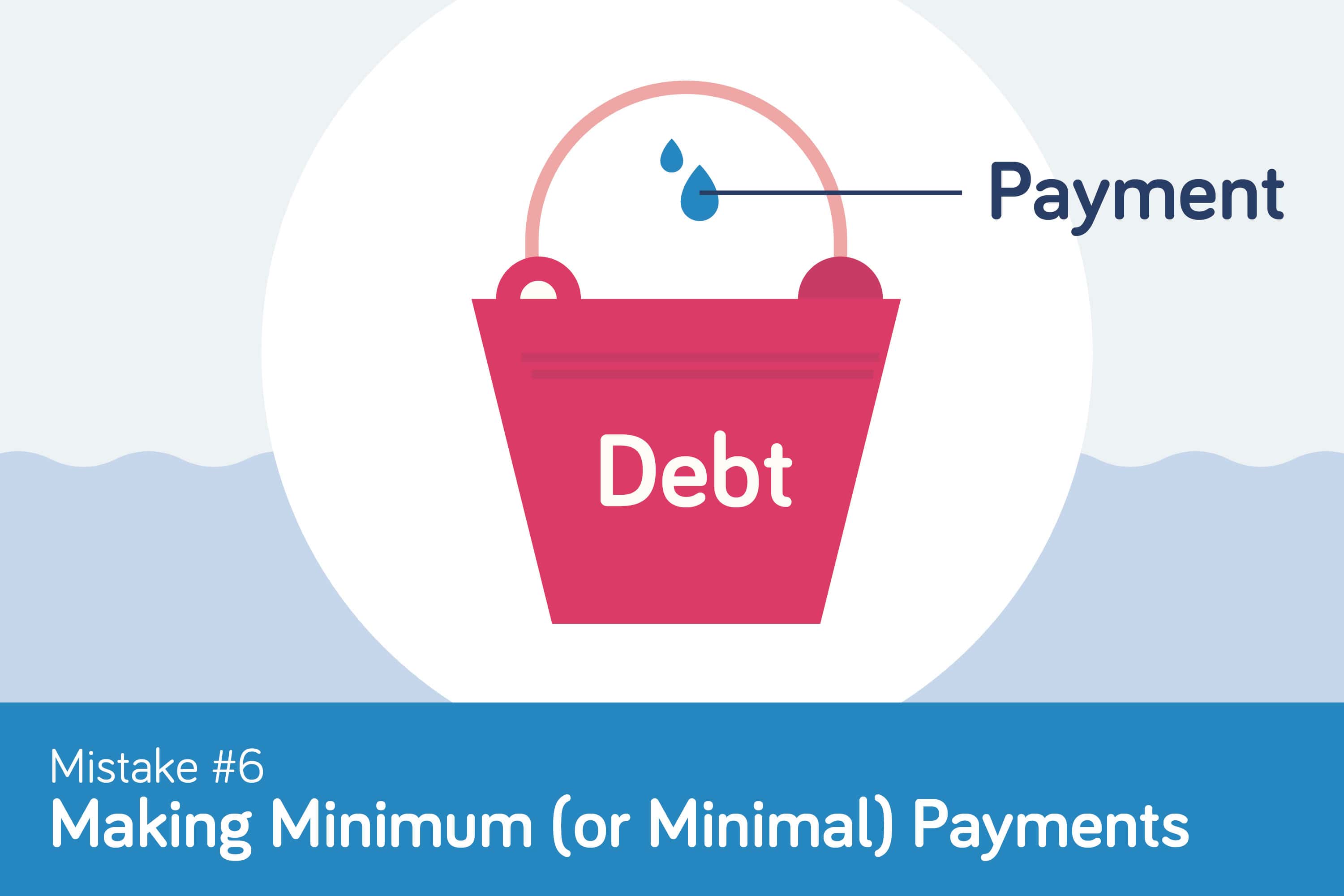
Just because you’re paying bills doesn’t necessarily mean you’re getting much closer to paying off your debt. If you have a $2,000 balance on a credit card with an interest rate of 15 percent and only make your $30 minimum monthly payments, it will take you more than 11 years to pay off the debt. You’ll also pay nearly $4,200 – paying more in interest than the original amount borrowed. And that’s if you don’t put anything else on the card. Paying only the minimum doesn’t do much to get you out of debt, lower your balances or improve your utilization ratio.
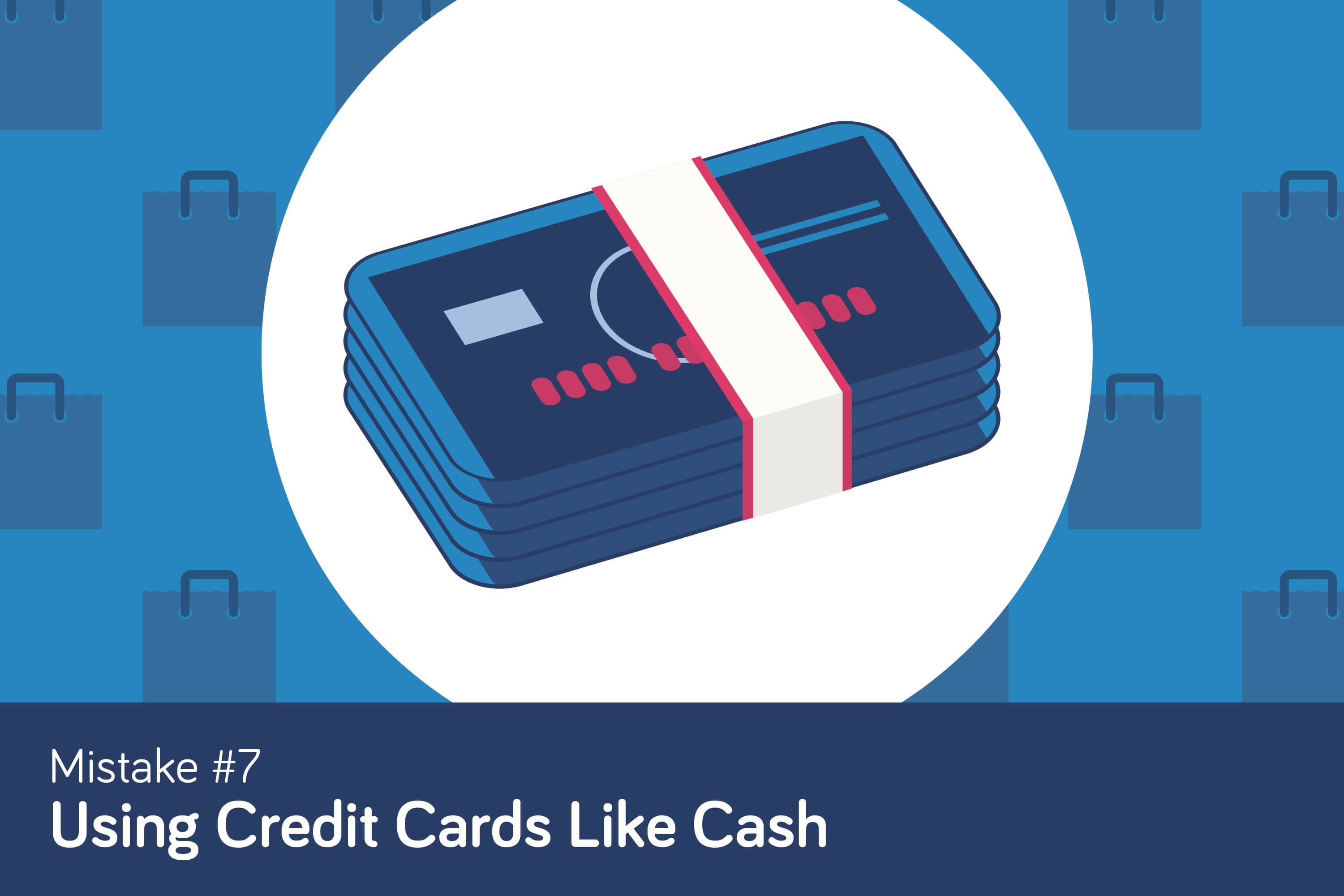
It’s one thing to borrow money to buy a car, a house or a new refrigerator. While you’re paying off the debt, you get to drive that car, live in that house and keep your orange juice cold. It’s something else to borrow money for everyday expenses. Pay for groceries with a credit card without paying it off every month, and you could still be paying for that orange juice long after it’s gone. If you’re regularly using credit to cover regular expenses because your cash is low, you may want to take a hard look at your budget.
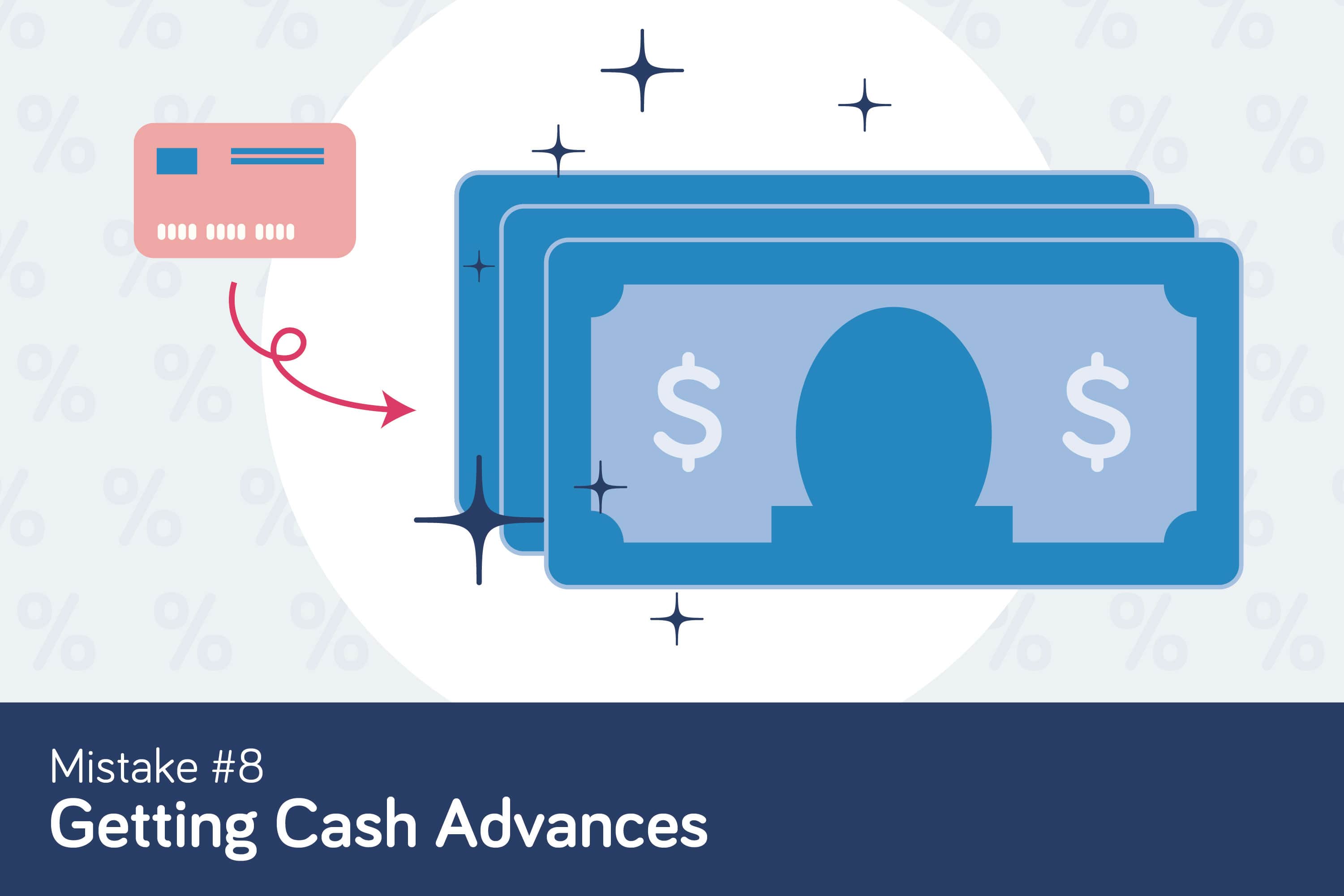
Cash advances on a credit card usually incur a higher interest rate than purchases, come with transaction fees, and have no grace period. So, interest on the money usually starts adding up immediately. It would probably be cheaper to simply use the card to directly pay whatever expense you need the cash for. Whatever you decide, taking cash advances is a good sign that there is a problem with your cash management.
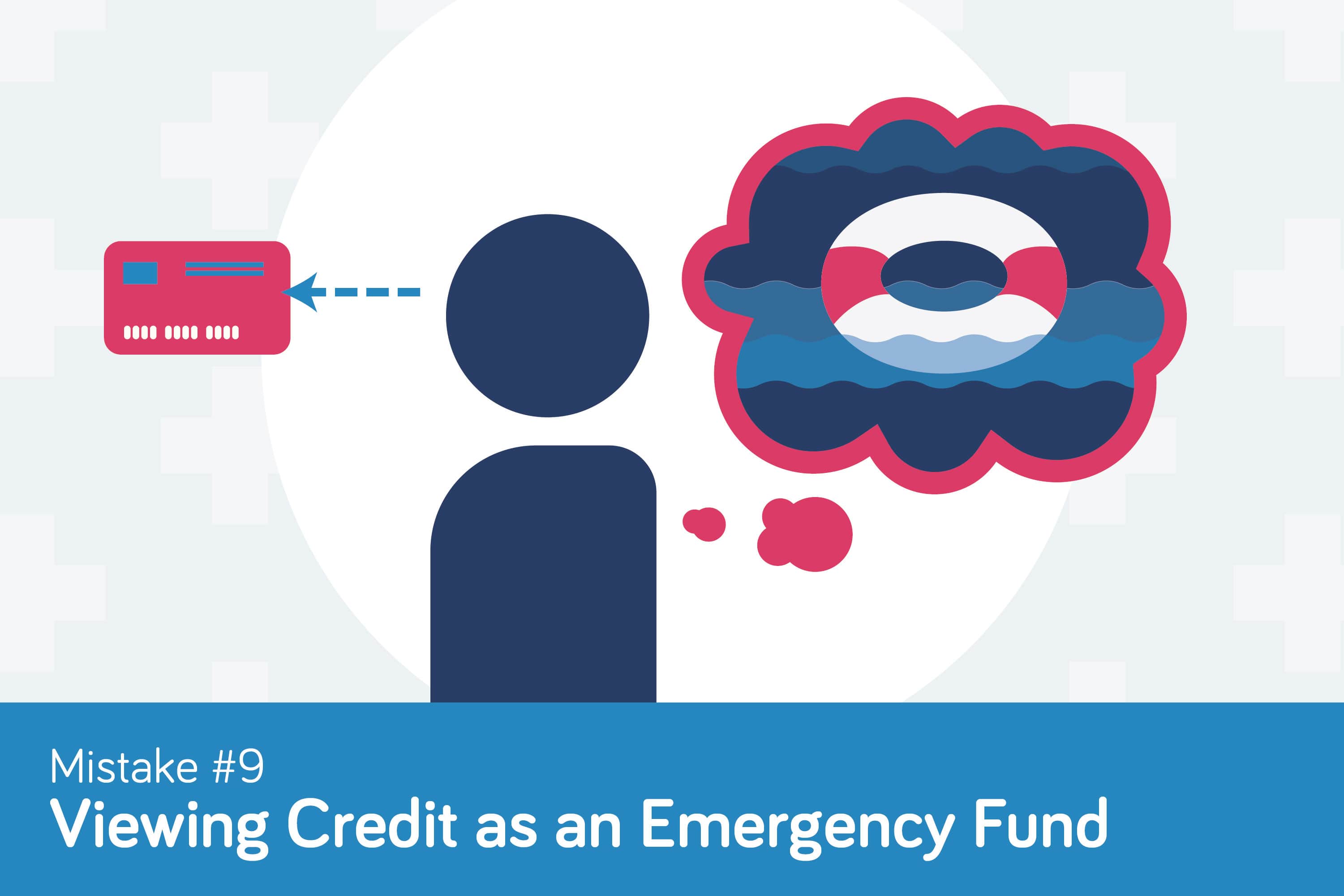
Credit can be a lifesaver in a pinch – giving you the ability to replace a broken appliance or finance an unforeseen car repair. But credit is no substitute for savings. If your income is disrupted because of a job loss or a medical emergency, for example, the money you spend from savings doesn’t have to be “paid back”. But anything you put on a credit card becomes debt. Work toward building emergency savings, with enough money to cover your expenses for six months or so. That will help you avoid possibly digging yourself a financial hole you can’t get out of.
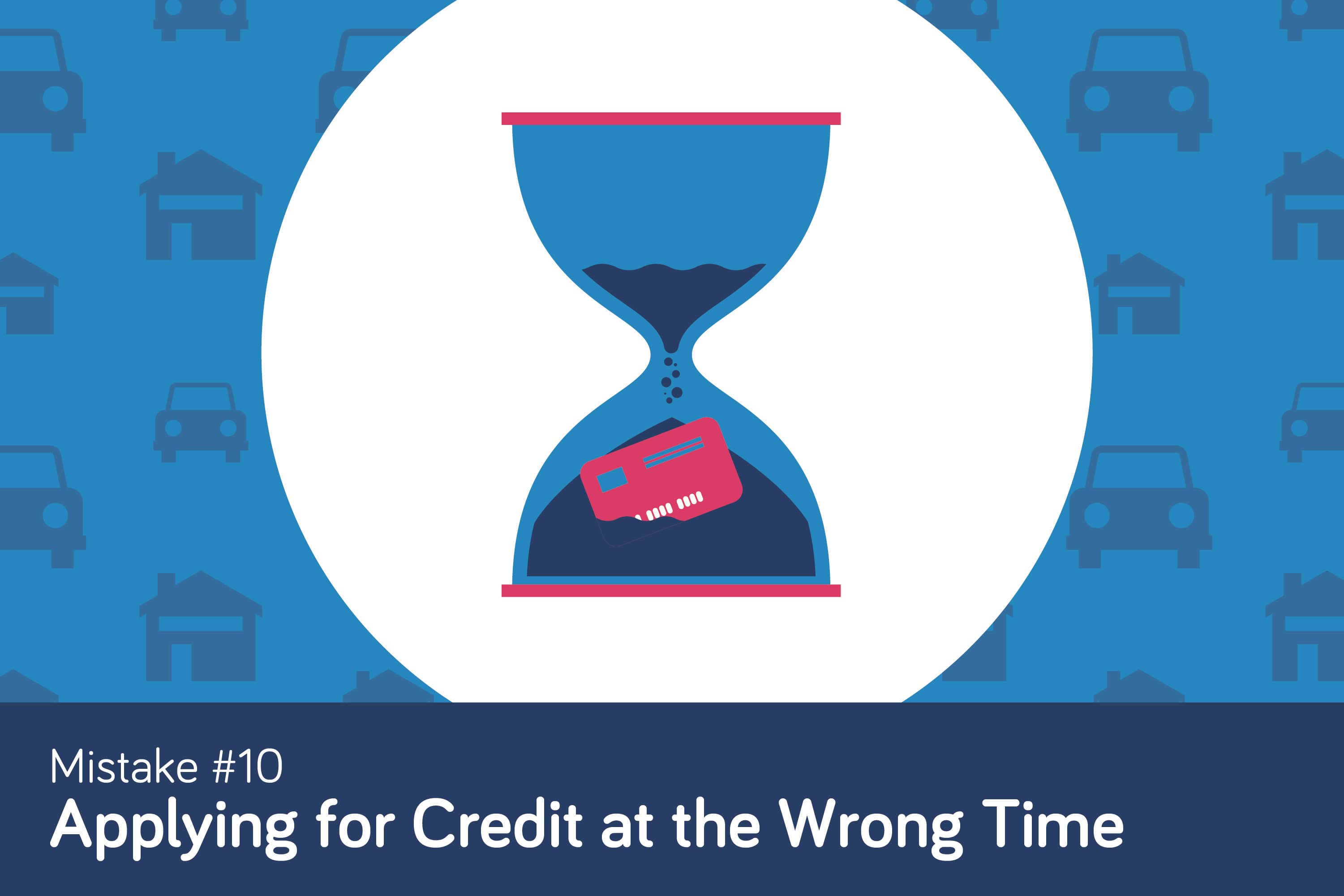
When you apply for a credit account, the inquiry the credit or lender makes will show on your credit report, and it can impact on your credit scores. Credit applications suggest that new debt may soon be showing up on your credit report, so they can affect whether you’re approved for loans. If you’re going to be in the market for a mortgage, car loan or other big-time credit deal in the near future, try holding off on applying for credit cards and other accounts for a few months beforehand.
Read More: Experian
[fbcomments url=”http://urbanmoney.org/project/avoid-the-10-biggest-mistakes-you-can-make-with-your-credit/” width=”790″ count=”off” num=”30″ countmsg=”wonderful comments!”]

